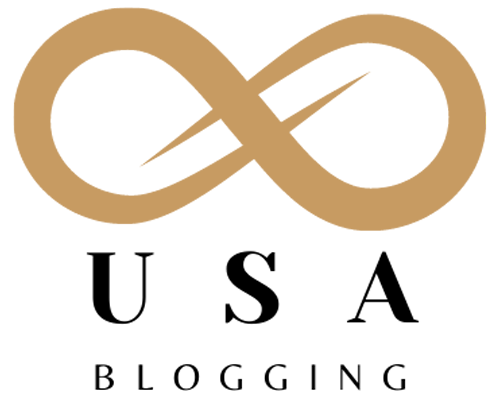What are the 7 elements of graphic design?

When most people think of graphic design, they picture an artist putting the finishing touches on an advertisement or picture. Though the visual elements of graphic design are important, they aren’t the only ones that matter. Just as you wouldn’t build a house without properly preparing the foundation and framing, so too should you structure your projects with these seven elements in mind. In this article, we will look at the seven fundamental aspects of graphic design: concept, execution, user experience, form, function, consistency and usability.
Line
The first element of graphic design is Line. This refers to any curved or straight lines that form an image or symbol. Lines can also be broken down into weights, which are thinner and thicker lines, although generally in graphic design these are referred to as weight instead of line. There is also negative space, which is a space left blank in a composition. Our graphic designers work closely with typographers in order to make sure that their lines are legible and aesthetically pleasing. Without good lines graphic design would not exist because it’s important for visual balance. It’s also important for keeping images together, without lines they would all just look like floating pictures instead of one cohesive piece.
Color
Color is a very important element of graphic design. It can be used to bring focus to parts of your website, add flair and style, or simply for aesthetics. Knowing how to effectively use color in your graphics will give you an advantage in almost any field. You may have heard that there are only three colors in nature: green, yellow, and blue. This is true, but it doesn’t mean that there aren’t many more colors available to us! By mixing these three primary colors together we get secondary colors like orange (yellow + blue), purple (blue + red), etc.
Shape
The shape element is how we make use of space on a page. Shapes can be seen as objects, borders or symbols that enhance our understanding of both space and text. Shapes may also be used to draw attention to a particular area on a page or can help organize content in an interesting way. Shapes are primarily either geometrical, like squares and circles, or organic, like leaves and flower petals. Geometric shapes tend to create order while organic shapes create movement. It’s important to understand which shapes work best for your project and what kind of movement you want your viewer to feel when they look at your work.
Texture
Texture, in terms of graphics, can create a sense of realism and even trigger emotions. Take your shapes and patterns a step further by adding texture to them. You can do so by altering one (or all) of three things: 1) color values; 2) brightness values; or 3) contrast levels. The textures you use should be relevant to your project. For example, if you’re designing an ad for sunscreen, sand would be an appropriate texture. If you’re designing an ad for a clothing store, maybe wool is more fitting. In any case, just remember that textures are meant to enhance what’s already there—not take over!
Typography
The first key element in good design is typography. Typography is all about visual communication, from logos to websites. You may think that it’s just choosing a font, but there’s much more to it than that. The most important part about making your own logo is choosing a typeface (such as Helvetica) and creating your own unique font with it. This will be what makes your brand recognizable among other brands. It also allows you to set a mood for your website or product. Choosing fonts can be tricky because there are so many out there, so make sure you do some research before you start designing! When you are ready to choose a font for your project, take into consideration what kind of message you want to send across when people see it.
Form
Form is one of those core principles that most designers will agree on. It’s essentially about how things are arranged, including colors, shapes, and lines. The arrangement of these things can make a powerful first impression on viewers. In addition to creating an effective layout, form is vital to achieving consistency across all your materials: a logo has to look good in a small icon as well as large banner ad; a website should look good when viewed on desktop computers and mobile phones; etc. Without form, you end up with chaos.
Space
Space is one of those things that designers often forget about when we think about composition. Think about it—if you’re looking at a group of shapes, it’s space between them that gives each shape its own unique place in your eye. Likewise, if you look at a photo, it’s space around a particular object that allows us to distinguish what’s really important in that image.
Visit here to know more https://en.wikipedia.org/wiki/Graphic_design




